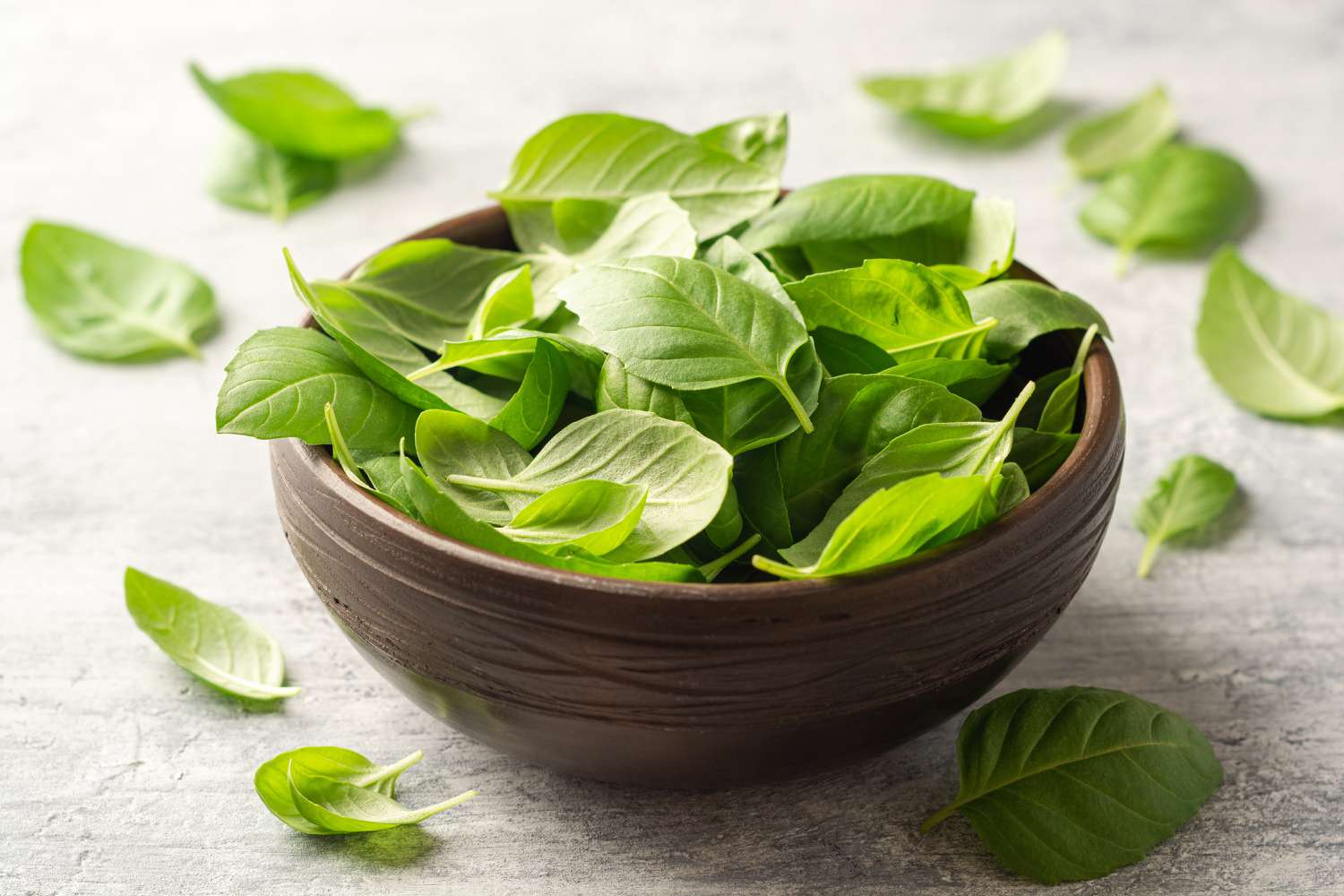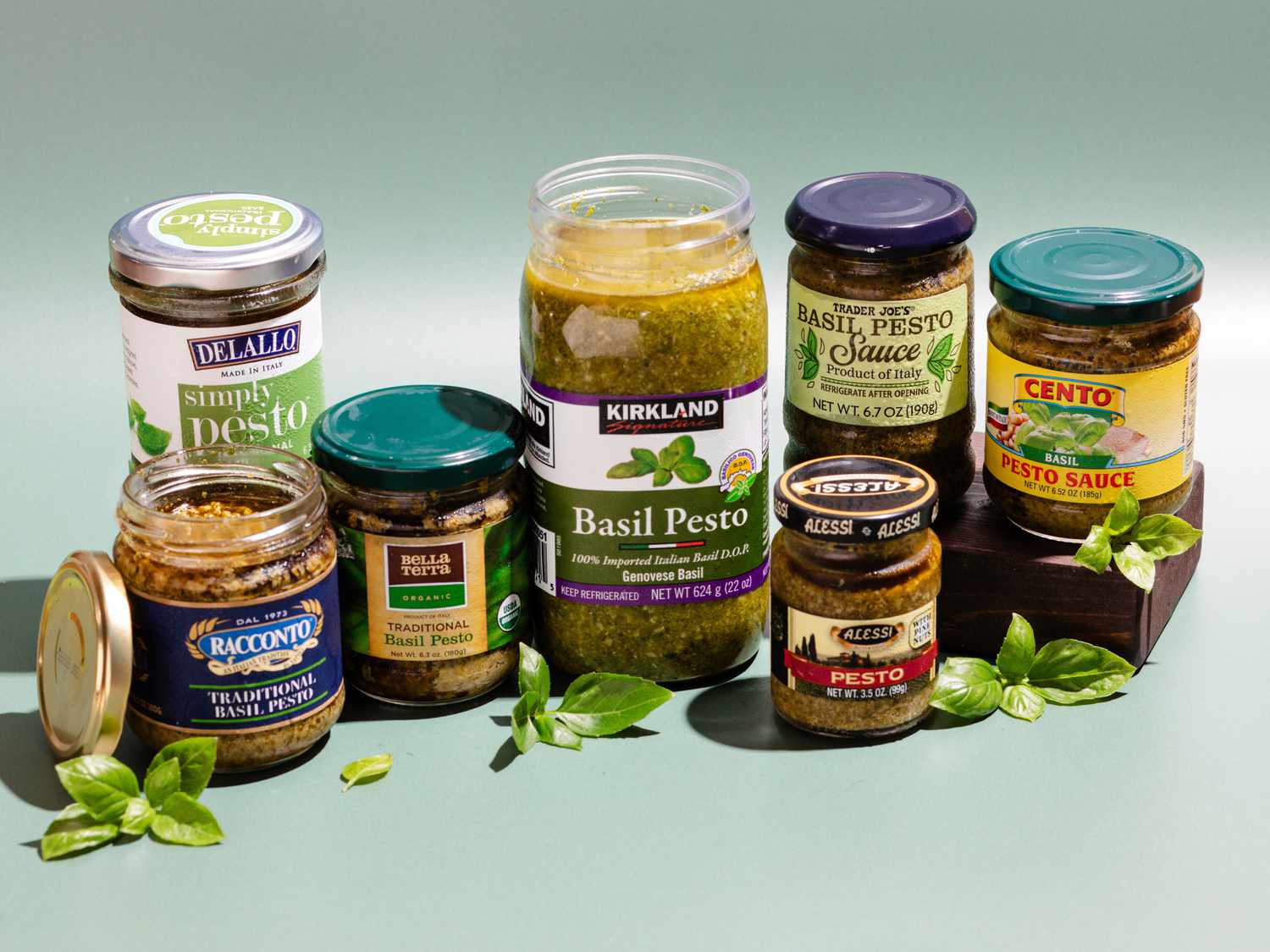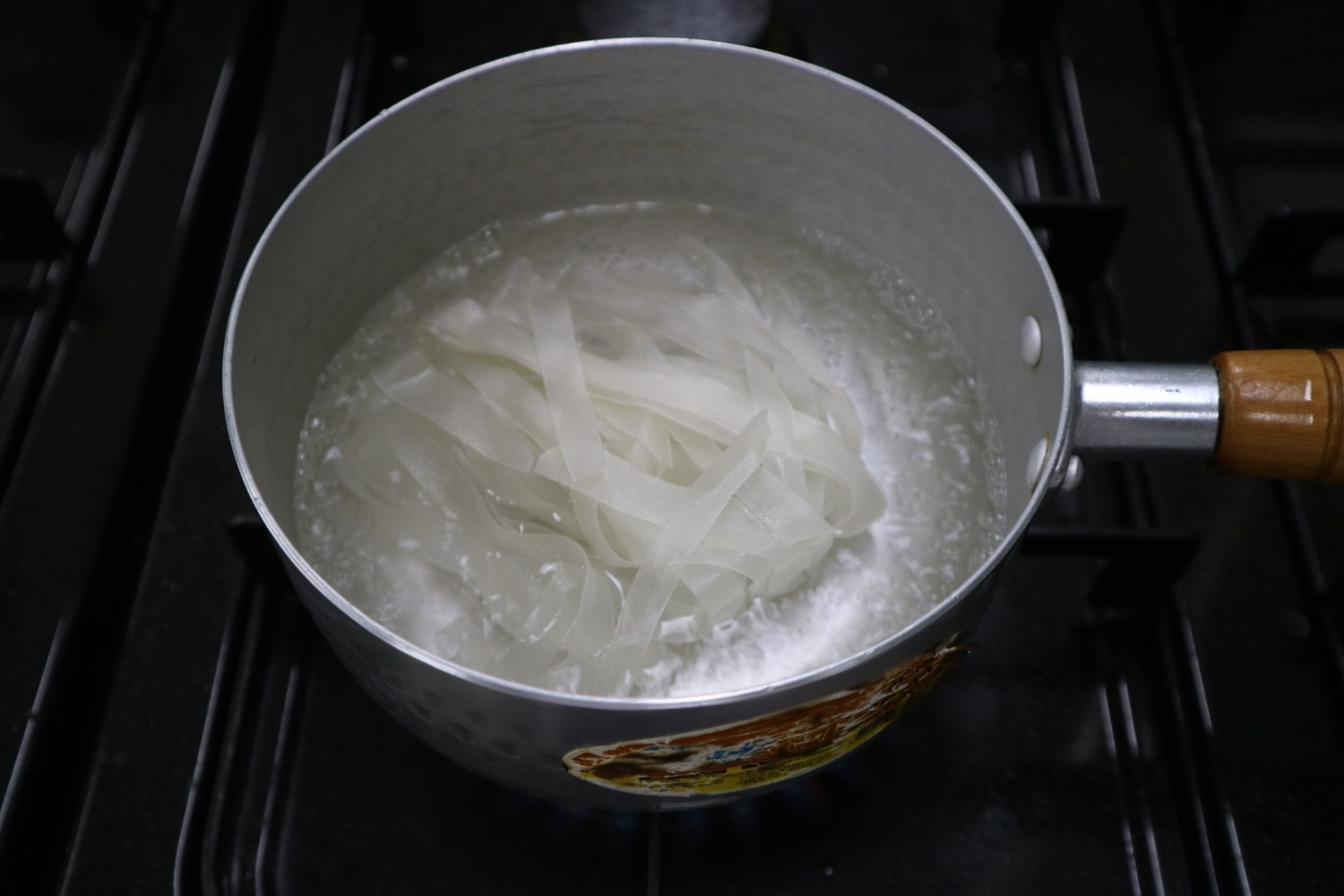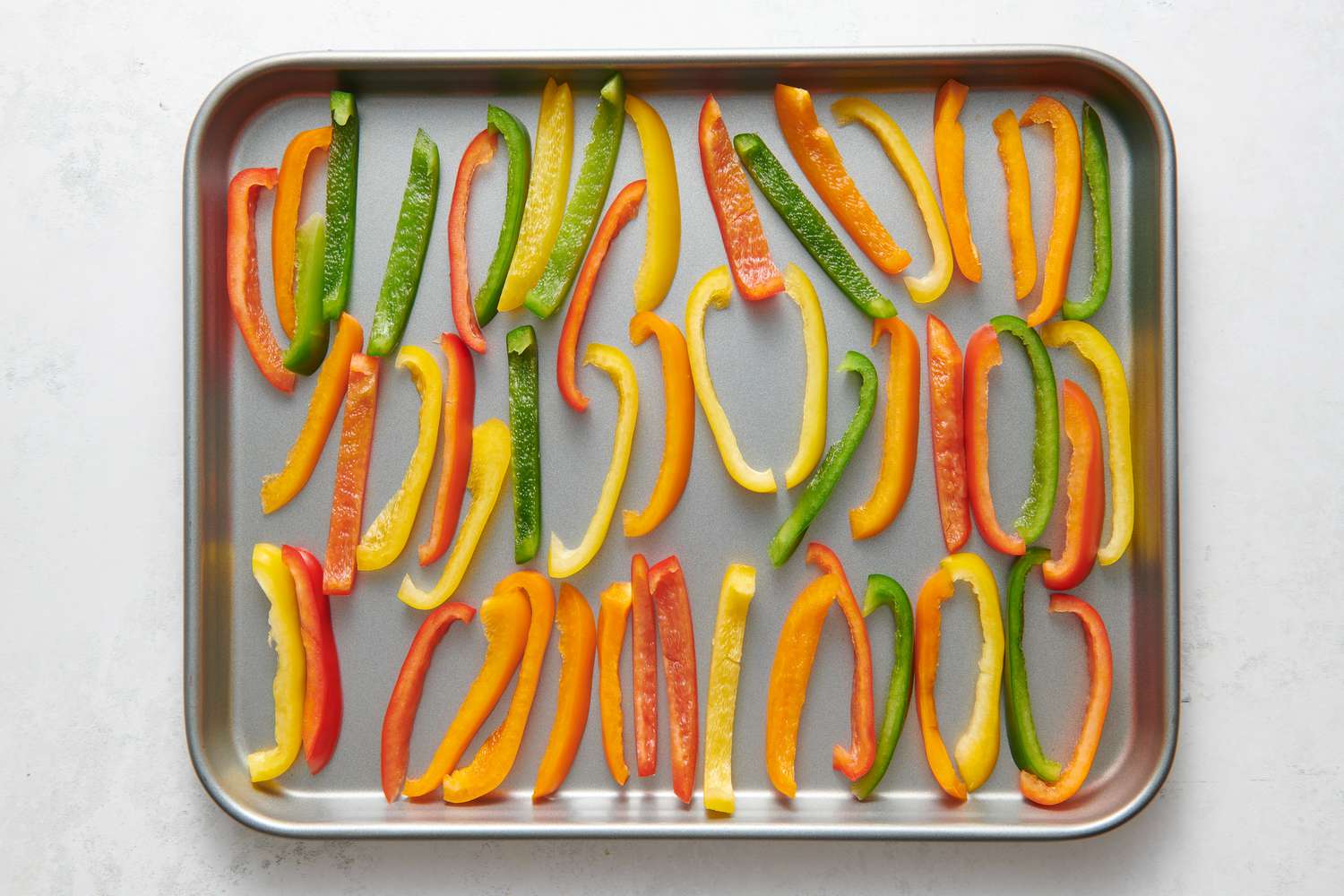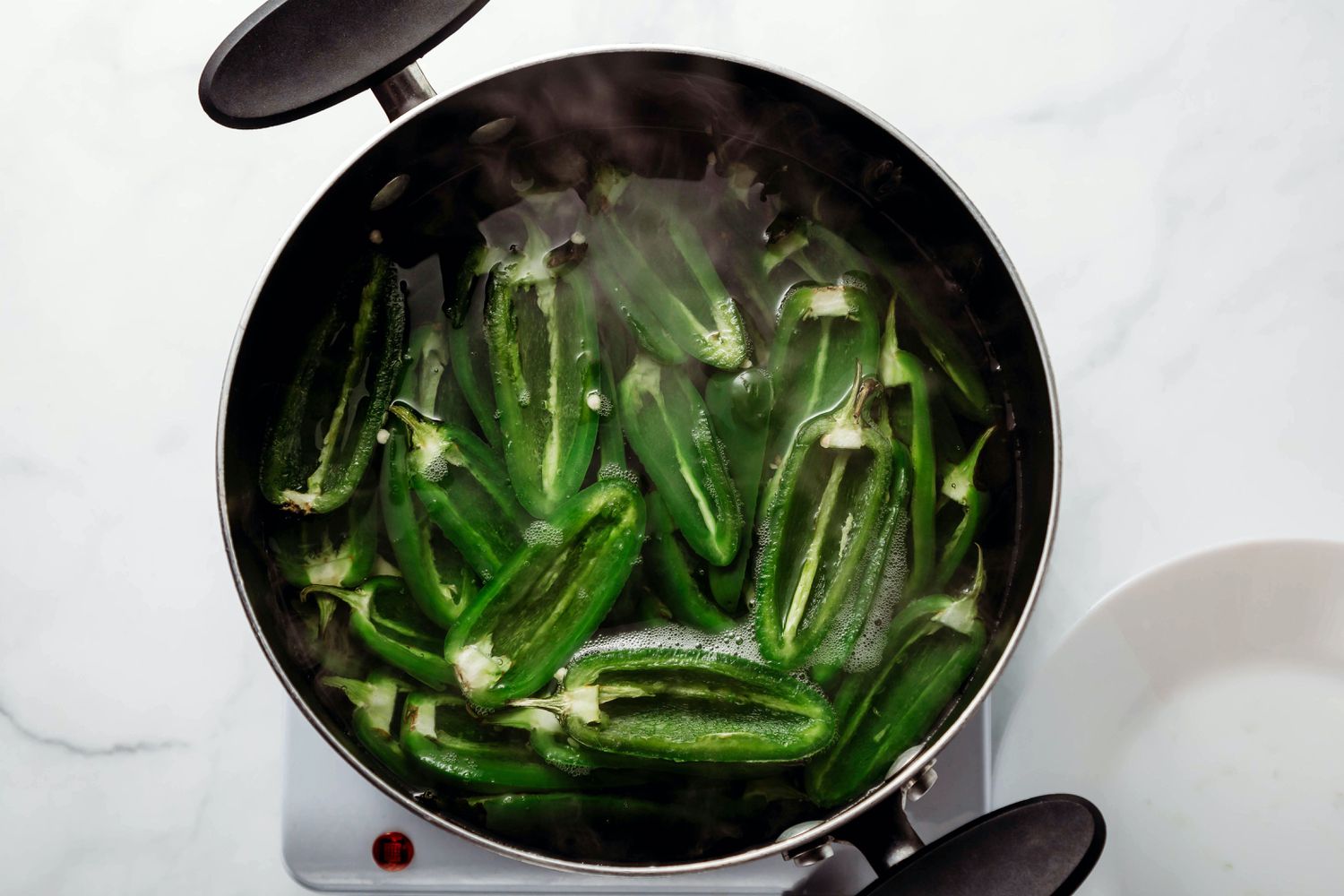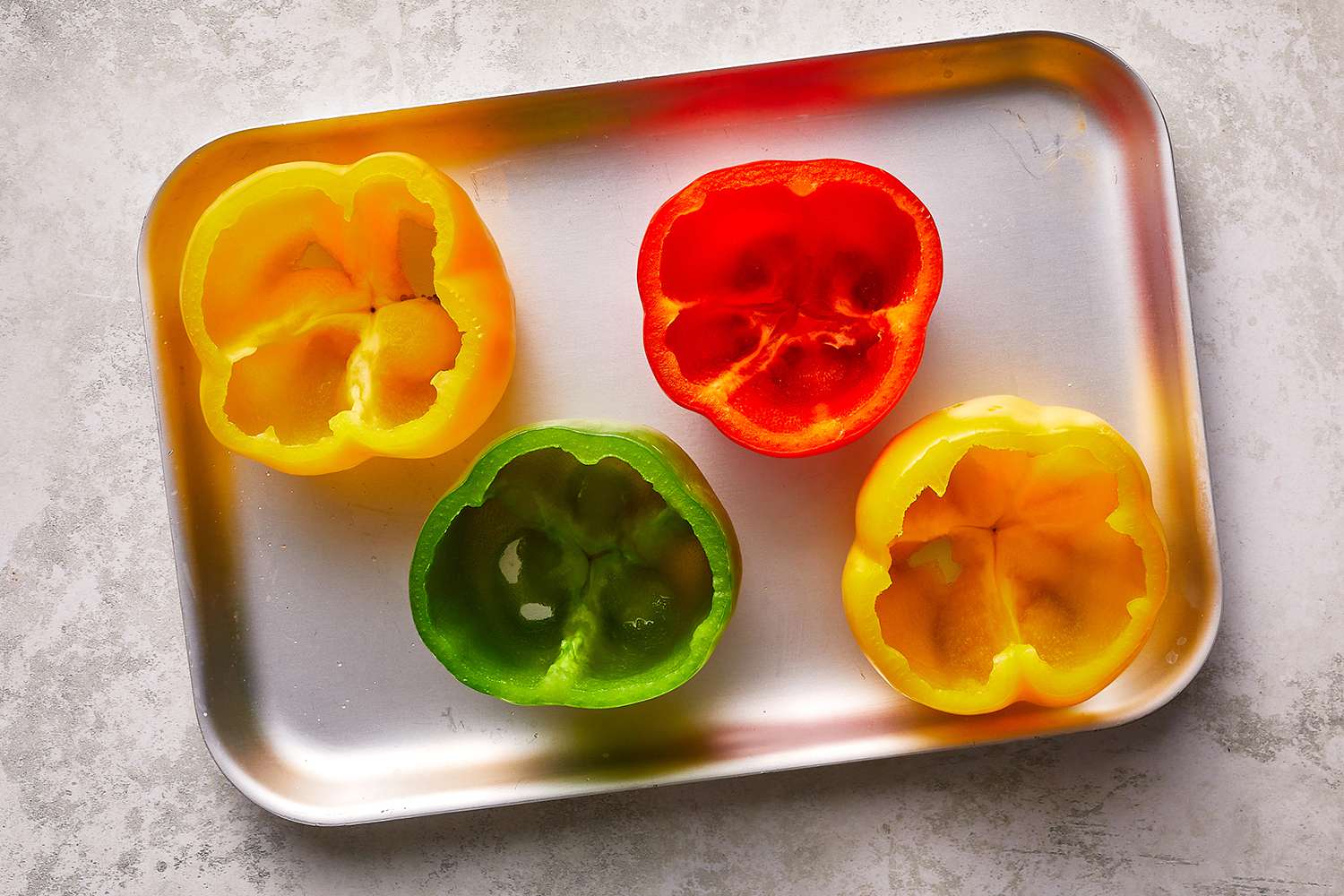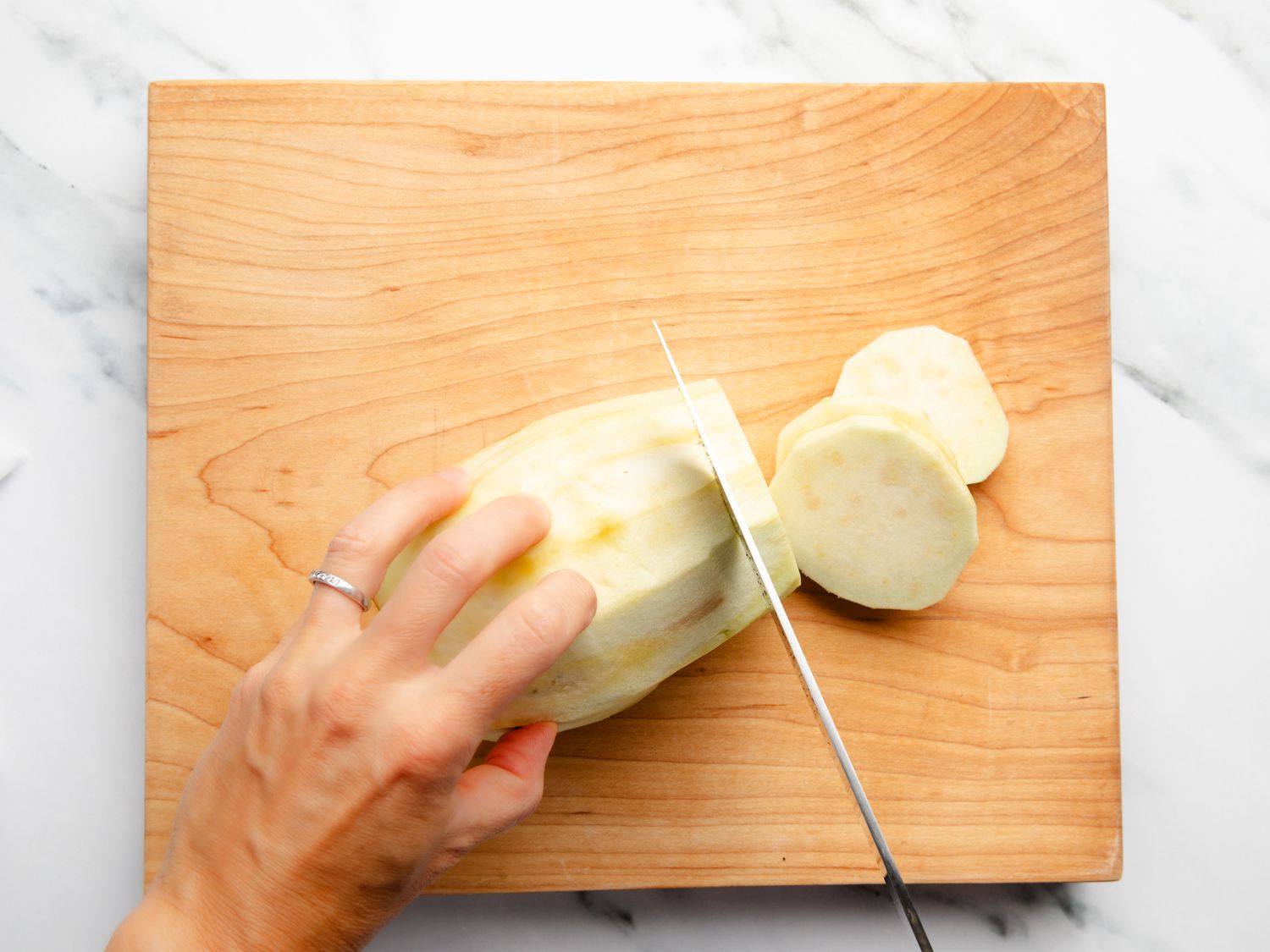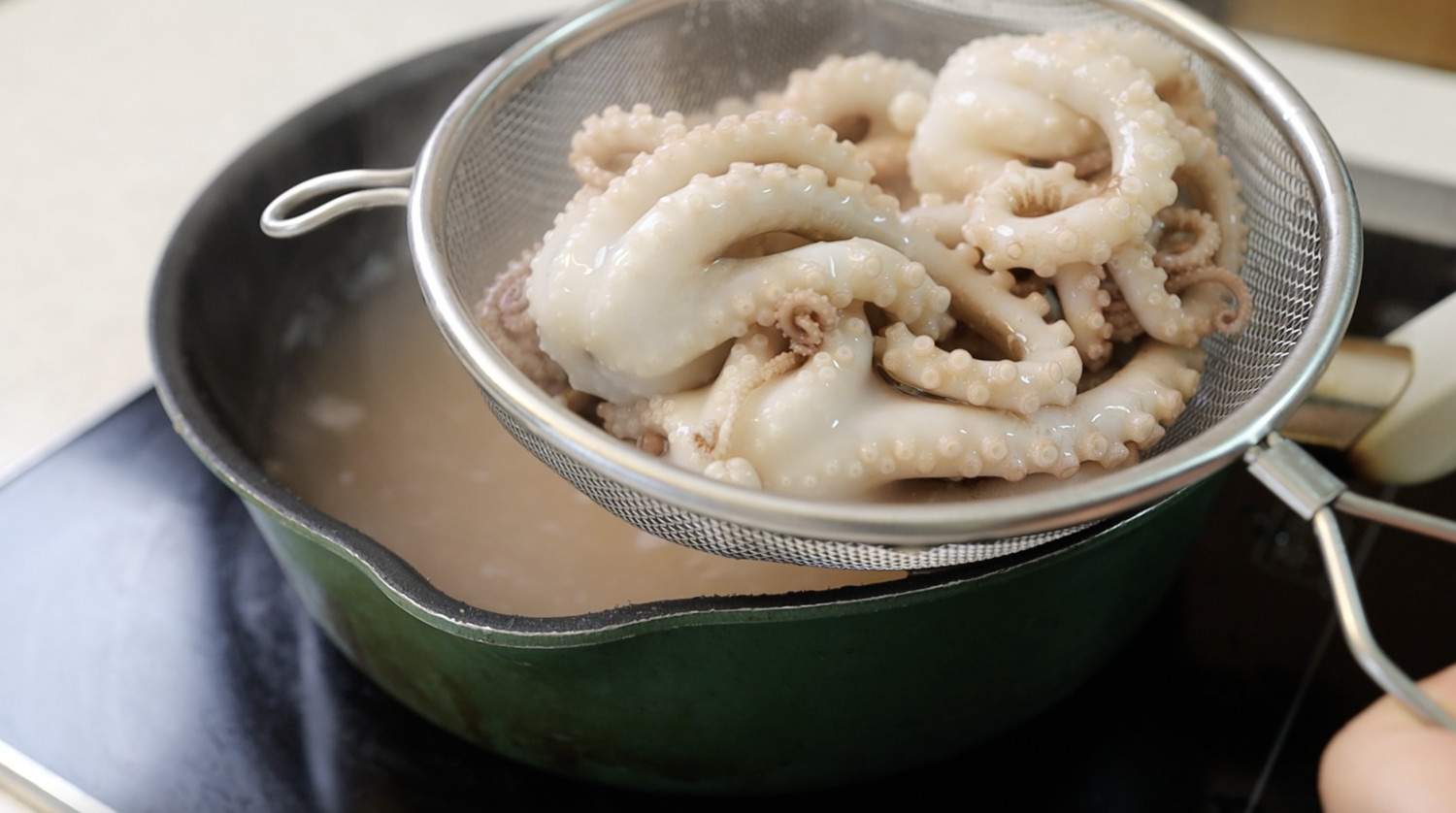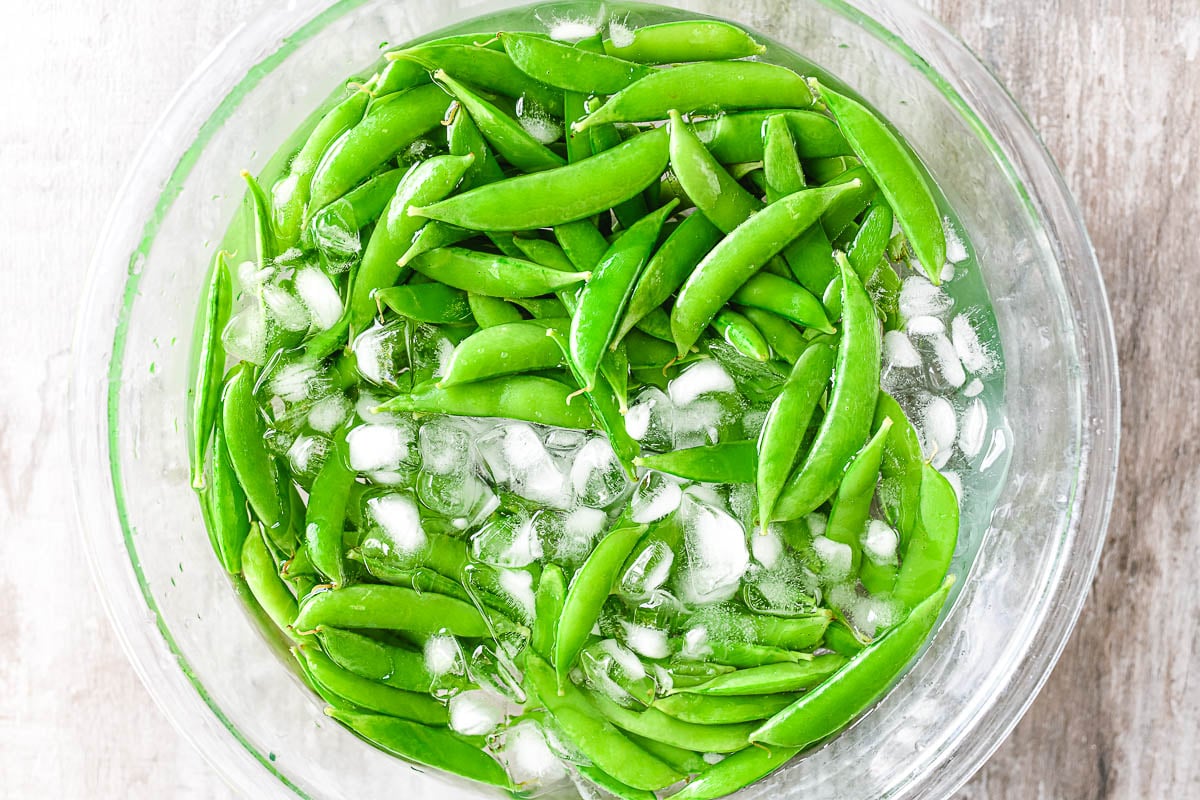Blanching Basil for Pesto: A Step-by-Step Guide
Are you a fan of homemade pesto sauce? If so, you may be interested in learning how to blanch basil to enhance the flavor and color of your pesto. Blanching basil is a simple yet effective technique that can help preserve the vibrant green color of the herb and bring out its fresh, aromatic flavor. In this guide, we’ll walk you through the process of blanching basil for pesto, so you can enjoy a delicious and visually appealing homemade sauce.
What You’ll Need
Before you begin blanching basil for pesto, gather the following ingredients and equipment:
- Fresh basil leaves
- Large bowl of ice water
- Boiling water
- Colander or strainer
- Paper towels
Step 1: Prepare the Basil
Start by carefully washing the basil leaves to remove any dirt or debris. Once clean, pat the leaves dry with a paper towel to remove excess moisture.
Step 2: Blanch the Basil
Bring a pot of water to a rolling boil. While you wait for the water to boil, fill a large bowl with ice water. Once the water is boiling, carefully add the basil leaves to the pot. Let the leaves blanch for about 15-20 seconds, or until they turn bright green.
Step 3: Shock the Basil
Quickly remove the blanched basil from the boiling water and immediately transfer it to the bowl of ice water. This process, known as shocking, will stop the cooking process and help the basil retain its vibrant color and fresh flavor.
Step 4: Drain and Dry
After the basil has been shocked in the ice water for a minute or two, carefully remove it and place it in a colander or strainer to drain. Once the excess water has drained off, gently pat the basil dry with paper towels.
Step 5: Use or Store the Basil
Now that your basil has been blanched and prepared, it’s ready to be used in your favorite pesto recipe. Alternatively, you can store the blanched basil in an airtight container in the refrigerator for a few days, or freeze it for longer-term storage.
Benefits of Blanching Basil for Pesto
Blanching basil before using it in pesto offers several benefits, including:
- Preserving the vibrant green color of the basil
- Enhancing the fresh, aromatic flavor of the herb
- Improving the texture of the pesto sauce
- Extending the shelf life of the basil for future use
Conclusion
Blanching basil for pesto is a simple yet effective technique that can elevate the flavor and appearance of your homemade sauce. By following the steps outlined in this guide, you can ensure that your pesto is bursting with vibrant color and fresh basil flavor. Whether you’re making a classic basil pesto or experimenting with unique flavor variations, blanching the basil is a worthwhile step that can take your pesto to the next level.
Blanching basil for pesto can take your homemade dishes to the next level. Readers can try out recipes like Classic Basil Pesto Pasta and Basil Pesto Chicken, both of which highlight the fresh, vibrant flavor of blanched basil. For a twist, Basil Pesto Pizza brings a unique flair to your pizza night. If you're in the mood for something lighter, Basil Pesto Caprese Salad combines the classic Caprese elements with a punch of pesto. For a quick appetizer, Basil Pesto Bruschetta is a must-try. These recipes are versatile and showcase the depth of flavor that blanched basil can add to any dish.
